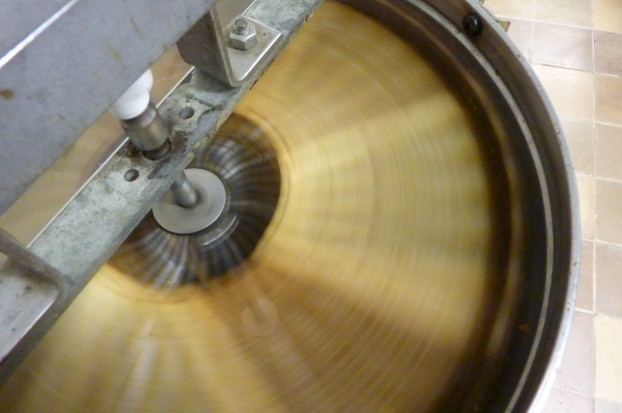
One of the sweetest secrets will be unveiled.
Have you ever wondered how bees produce honey or how a beehive is made? What is the average lifetime of a worker bee, a queen, or a drone? How does a beekeeper remove honey from a hive?
This mini course explores the world of bees. You will learn to appreciate this insect and understand how the life of our planet depends on its health. The extermination of bee populations, due the use of pesticides and pollution, has brought about the devastation of crops in certain countries.
Let’s look at the stages of this mini course conducted by our agronomist Gemma.
Visiting the hives.
You will be taken by car to the field where the beehives of Villa Campestri are stationed. To understand how bees move inside of a hive, you will be shown an empty hive in which there will be a nest and a honey frame.
Afterwards you will be taken to the active hives. From a safe distance, an expert agronomist will explain interesting aspects of the organization of a hive. Here is a brief preview of what Gemma will explain:
“Very few people know that the worker bee sucks and accumulates nectar in a sort of stomach that is called an ingluvies or honey bag. Digestive enzymes transform the sucrose of the nectar into glucose and fructose that the bee regurgitates into cells and then seals with beeswax. At this point, worker bees dehydrate the honey by beating their wings in order to ventilate the hive and reduce the water in the deposited honey. After a month of this particular procedure, the honey is “mature” and ready to be eaten. By whom? You will find that out in our mini course”.
Honey extraction and honey tasting.
With the field and the buzzing of the bees behind you, you will return to the Oleoteca of the Villa to observe the process of honey extraction. First, an uncapping knife will be used to cut off the caps of the cells of the honey frame; then, the comb will be inserted into a honey extractor, a steel cylinder that is hand operated by a crank. Any volunteers?
A sweet taste.
This is the moment you have been waiting for: a taste of freshly extracted honey plus a taste of 3 other types of monofloral honeys. You will learn to discern the differences between these honeys through an organoleptic evaluation of color, odor, and flavor.
This mini course lasts about 2 hours and costs € 80.00 per person. A minimum of 2 participants.






